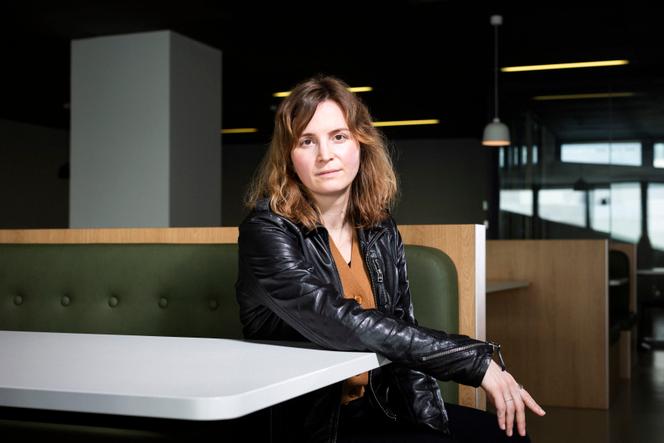


Anja Durovic is a post-doctoral researcher at the French National Centre for Scientific Research and Paris-Saclay University, associated with Sciences Po's Centre for European Studies and Comparative Politics, who works on generational and gender inequalities in political behavior and representation in France and Europe. She is co-editor of the upcoming book Citoyens et partis après 2022. Eloignement, fragmentation ("Citizens and parties after 2022. Distancing, fragmentation").
When we talk about gender inequalities in political involvement, we can note three dimensions: Inequalities in different forms of political participation, but also in electoral behavior specifically (voting choices) and, finally, in political participation in representative functions.
For a long time, women voted less, were less involved in political parties and participated less in demonstrations. They were perceived as more distant from the political sphere, and their participation was for a long time a secondary variable in analyses. I thought this was due to the existence of a "scar," a negative and lasting effect of the late introduction of political citizenship compared to men. I verified this quantitatively in my thesis: the fact of being socialized away from politics and knowing that you are legally excluded from citizenship left a mark. Women born in the 1930s or earlier were clearly less involved in politics than men of their generation, but also often less so than women born in the 1940s, 1950s or 1960s.
In part. Gender inequalities have ceased to be uniform, and we are now witnessing a differentiation: On one side, women are still a little less involved in political parties, but they vote as much, if not more, than men in presidential elections. That's something that has changed. They sign petitions a little more often than men, and go to demonstrations as regularly as men. And the younger the generation, the smaller the inequalities.
I wondered if this evolution was due to generational renewal. And this is also confirmed. The equalization we're seeing between the genders has been driven by new generations of women who are better educated than their mothers or grandmothers, less religious, more politicized, and massively present on the job market.
That depends on the form of participation. It is clearly the case when it comes to involvement in demonstrations or petitions. On the other hand, when it comes to electoral or party participation, this equalization is, in reality, less the result of an extraordinary increase in participation among young women than of a drop in the level of participation among young men. So, behind this equalization, or even inversion, lies a downward tide. Young women now vote more often than young men, but young men vote less than their fathers and grandfathers. Among young men, the phenomenon has several origins, but we can isolate in particular an effect of the decline in union membership among recent generations, which created opportunities for mobilization.
You have 66.61% of this article left to read. The rest is for subscribers only.
